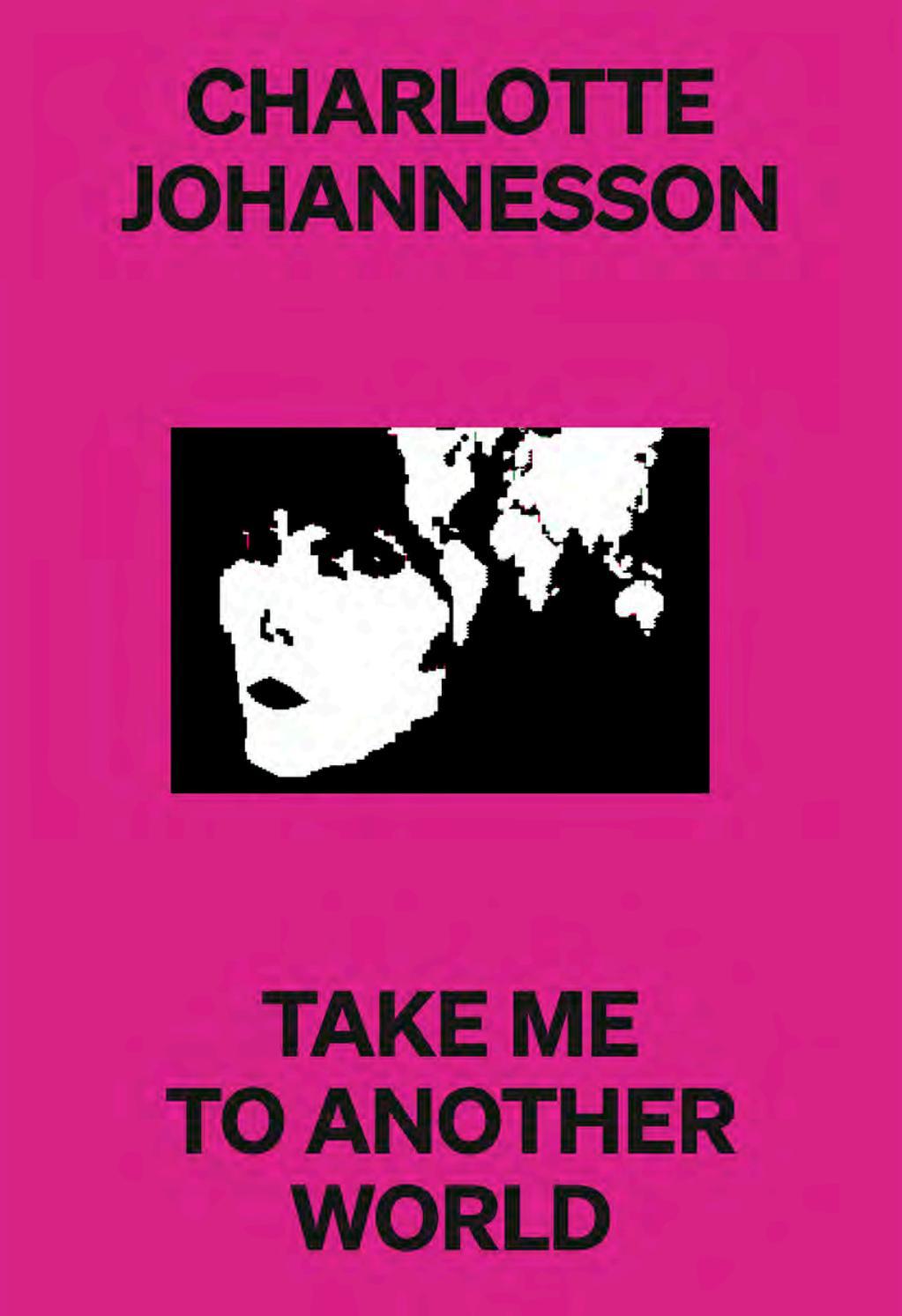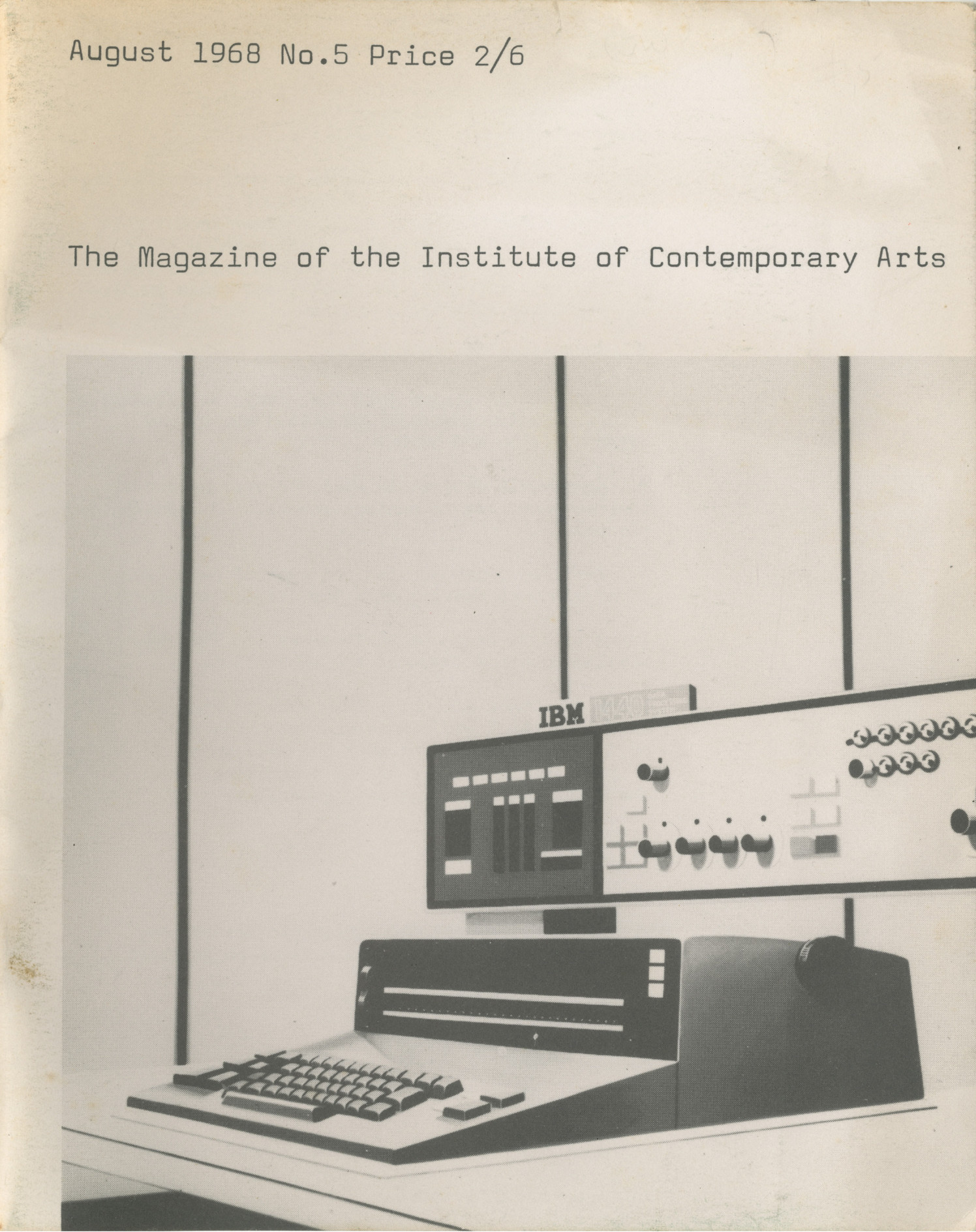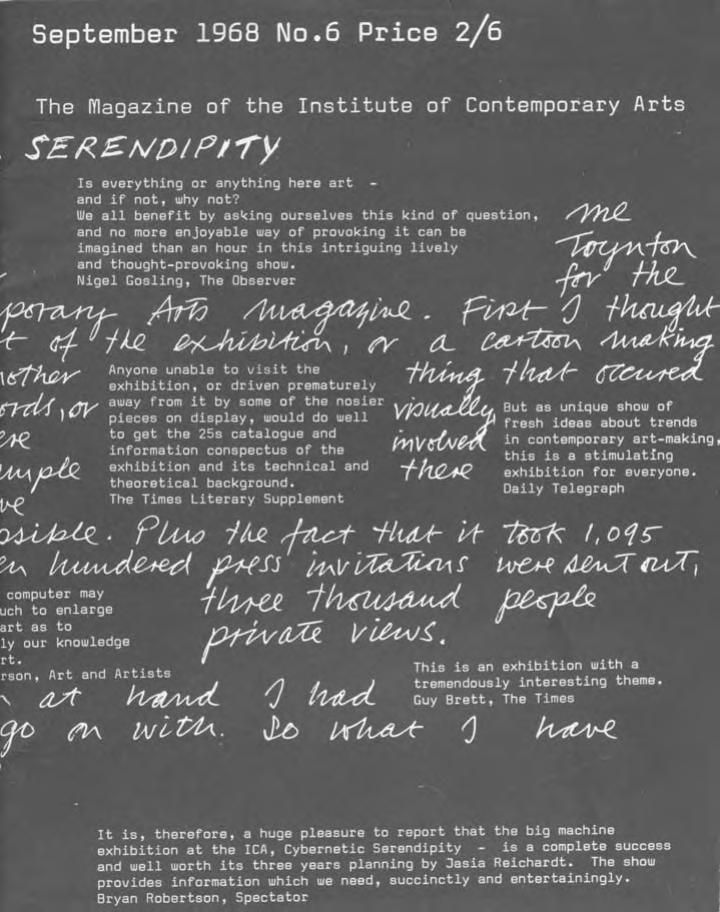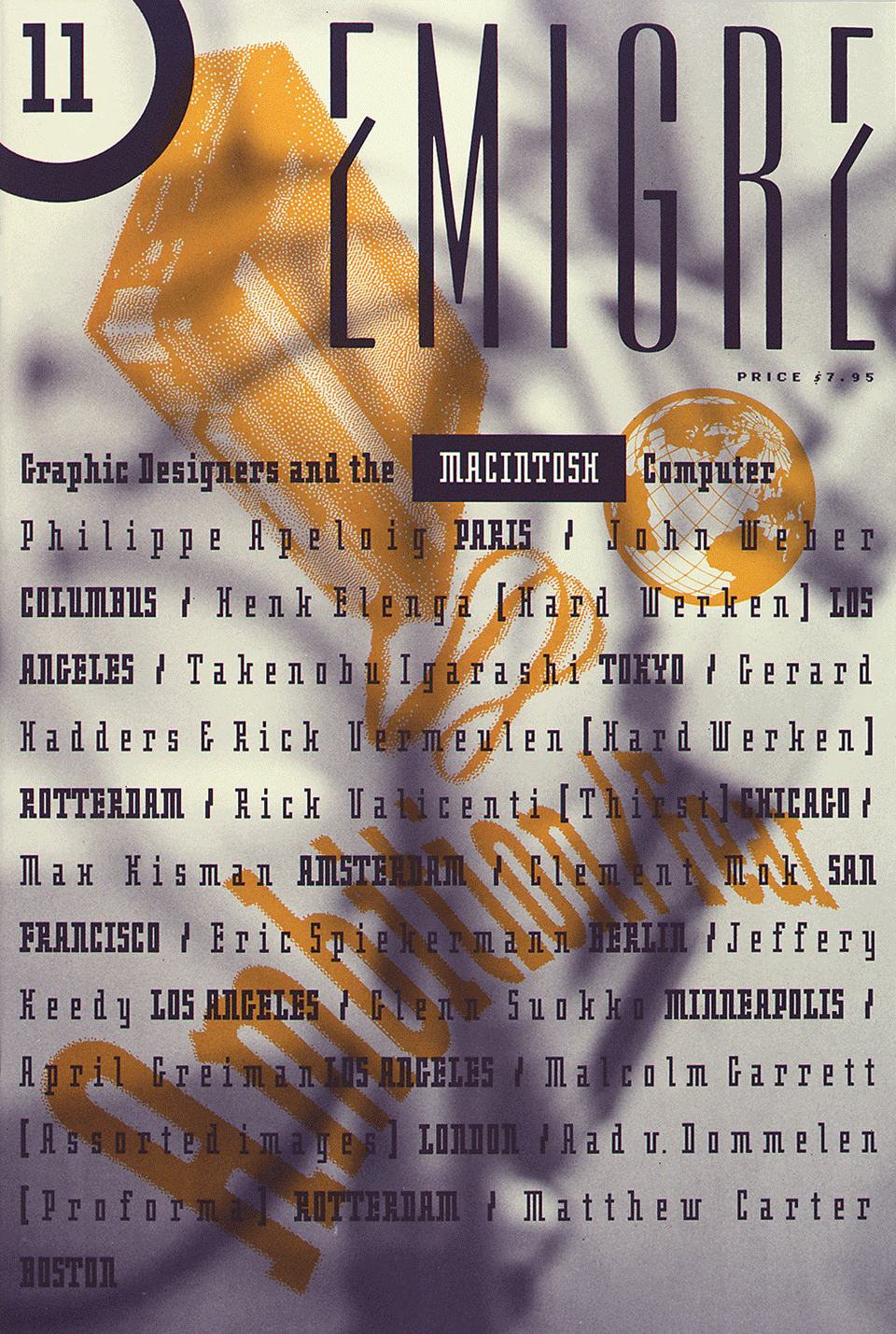Charlotte Johannesson. Take Me to Another World (2021) [EN, ES]
Filed under book, catalogue | Tags: · art, computer graphics, computing, counterculture, textile

“A key figure of Swedish counterculture and the creator of the first digital arts laboratory in Nordic countries, Charlotte Johannesson has worked primarily with two tools: the artisan technology of the loom and digital IT programming technology, exploring and throwing into relief the connections, both conceptual and methodological, that exist between the two.
Charlotte Johannesson. Take Me to Another World renders an account of the meticulous research process around colour and line that the artist executes in her textile and digital practice. It also spotlights the contribution of Danish writer and artist Amalie Smith, who set up a dialogue between Johannesson’s career and her own present-tense narrative. Furthermore, the publication incorporates an interview conducted with the artist in 2012, re-edited and translated for this occasion.”
Publisher Museo Reina Sofía, Madrid, 2021
Creative Commons BY-NC-ND 4.0 License
ISBN 9788480266246, 8480266244
172 pages
PDF, PDF (English)
PDF, PDF (Spanish)
The Magazine of the Institute of Contemporary Arts, 5-6: Cybernetic Serendipity (1968)
Filed under magazine | Tags: · art, computer art, computer graphics, concrete poetry, op art, visual poetry


Two issues of ICA London’s magazine dedicated to the seminal exhibition exploring relationships between arts and cybernetics, Cybernetic Serendipity.
The Issue 5 contains texts by Martin Gardner on Op art, Pierre Barbaud on information theory and music, Charles Csuri on his computer art, and an essay on Andrew Rawlinson’s concrete poetry.
The Issue 6 has texts by Daphne Oram, Max Bense, Petar Milojevic, and Nam June Paik.
Edited by Jasia Reichardt
Publisher Institute of Contemporary Arts, London, Aug & Sep 1968
38 & 38 pages
Issue 5: PDF (41 MB, via johnsta)
Issue 6: PDF (3 MB, added on 2022-12-15, via Experimental TV Center)
Emigre, 11: Graphic Designers and the Macintosh Computer (1989)
Filed under magazine | Tags: · computer graphics, graphic design, typography

“Emigre magazine’s eleventh issue, ‘Ambition/Fear: Graphic Designers and the Macintosh Computer’, contains vivid artifacts of a discipline’s first encounter with digital tools. From the aesthetics of bitmaps to the expressive interventions made possible by new access to typesetting controls, not to mention the self-publishing venture of the magazine itself, this issue combines modernist and postmodern agendas in a model construction of text-based community.”
Release of the digitized issue “coincides with the publication of “Inflection Point” a rigorously researched essay about Emigre #11 by writer/designer Emily McVarish. The essay takes a close look at Emigre #11, analyzing the technical, critical, and cultural production that would shape Emigre as a medium for typographic demonstration and discussion among peers.”
Design and production: Rudy VanderLans
Typeface designs: Zuzana Licko
Publisher Emigre Graphics, Berkeley, CA, 1989
32 pages, 11.25 x 16.75 in
via Letterform Archive
Commentary: Emily McVarnish (2017, 59 pp).
Comment (0)
